detail profile max schreck
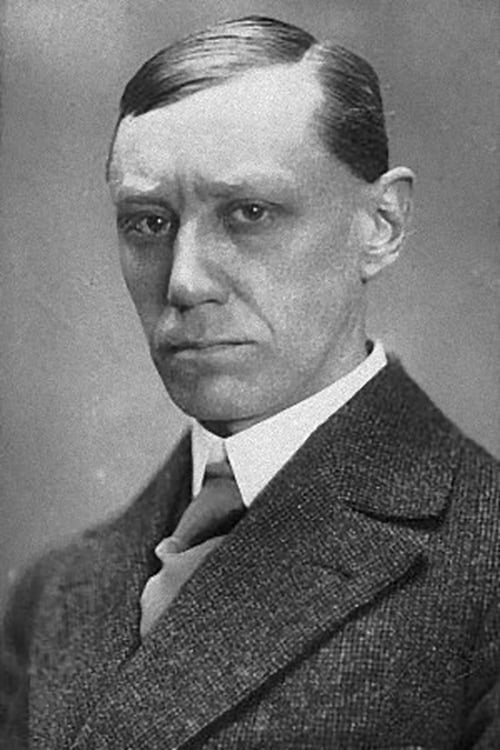
Max Schreck
Maximilian Schreck
atau dikenal sebagai
Riwayat Hidup
From Wikipedia, the free encyclopedia
Friedrich Gustav Max Schreck (September 6, 1879 – February 20, 1936) was a German actor.
He is most often remembered today for his lead role in the film Nosferatu (1922).
Description above from the Wikipedia article Max Schreck, licensed under CC-BY-SA, full list of contributors on Wikipedia.
Info Pribadi
Peran Yang Di Mainkan Max Schreck
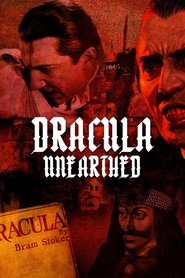 Commemorates 100 years since the release of...
Commemorates 100 years since the release of...Dracula Unearthed 2022
Commemorates 100 years since the release of the German classic, Nosferatu, by FW Murnau, and explores the general fascination of Count Dracula, a figure who resonates with audiences across the literary, art, mythological and historical worlds.
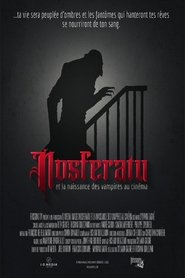 A documentary look at FW Murnaus...
A documentary look at FW Murnaus...Nosferatu and the Birth of Vampires in Cinema 2022
A documentary look at F.W. Murnau's iconic — and unauthorized – 1922 vampire film, and its influence on bloodsuckers in film.
 A reimagining regurgitation and redubbing of...
A reimagining regurgitation and redubbing of...Nosferatu vs. Father Pipecock & Sister Funk 2014
A reimagining /regurgitation and re-dubbing of a classic silent horror flick! Shot in mind-shattering 2D (& 36DD), featuring T&A and epic voice-over ‘voom’, by Ms. Ilham Otaku & Pepe Chingadero! Original 1922 star Max Schreck plays (in newly tinted archive footage, mixed, with new) Count Orlock, a deviant, adulterous, shape-shifting Transylvanian vampire aristocrat & super creep, who is tearing Bremen, a new corn-hole & it's up to a 'brotha-in-a-collar' and a creole nun with a flamin' gun, to stop him, in this 'creature-feature' fang-fest! Co-Starring Canadian Scream Queen: Vivita, with new footage shot in tantalizing Watt-a-Rama & dubbed in Tex-O-Phonic Super-Sound
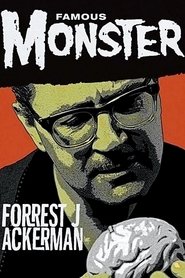 Famous Monster takes a fastpaced colorful...
Famous Monster takes a fastpaced colorful...Famous Monster: Forrest J Ackerman 2007
Famous Monster takes a fast-paced, colorful look at the life of science fiction's greatest fan - Forrest J. Ackerman, whose 85 year love affair with the genre helped bring it into the mainstream and shape the way we view science fiction today.
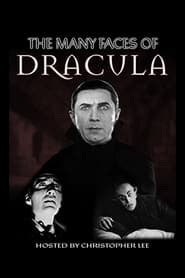 Hosted by Christopher Lee this documentary...
Hosted by Christopher Lee this documentary...The Many Faces of Dracula 2000
Hosted by Christopher Lee, this documentary examines the different actors who have portrayed Dracula over the years.
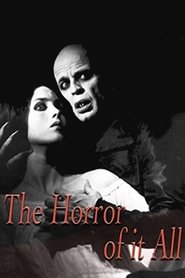 A collection of film clips from...
A collection of film clips from...The Horror of It All 1983
A collection of film clips from horror movies and interviews with the actors and directors who made them.
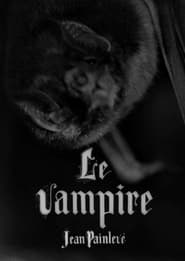 After a look at some strange...
After a look at some strange...The Vampire 1945
After a look at some strange creatures, the narrator and camera take us to the Chaco forest, on the borders of Paraguay, Argentina, and Brazil, where a vampire bat lives, desmodus rotondus, attacking wildlife and domesticated creatures, killing small ones by draining all their blood and killing large ones by leaving a parasite in their bloodstream. Four inches long, with a 12-inch wingspread, we see it walk, approach a victim, pull out a patch of fur large enough for it to engage its teeth, then lap six or seven ounces of blood. Its saliva may be an anesthetic keeping its victims from waking. A stub nose and harelip contribute to its efficiency and its hideous look.
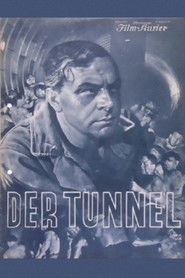 The engineer MacAllan designs a tunnel...
The engineer MacAllan designs a tunnel...Der Tunnel 1933
The engineer MacAllan designs a tunnel, which will join America and Europe together on the seabed. A group of American billionaires are financing the gigantic project, but the construction of the tunnel is proving to be as tedious as it is dangerous. MacAllan's worst enemy is the speculator Woolf, who had embezzled the money for the construction and who is attempting to cover up his crime by carrying out acts of sabotage. Also filmed in 1933 in a French-language version, LE TUNNEL, and remade in 1935 in England as TRANSATLATIC TUNNEL.
 A story about a series of...
A story about a series of...A Man With a Heart 1932
A story about a series of confusions, in which Paul Ritter, a bank employee, is unaware that the girl he's fallen in love with is the daughter of his boss. No one bothers to tell him and he gets jealous of the boss, who seems to have a very good relationship with the girl.
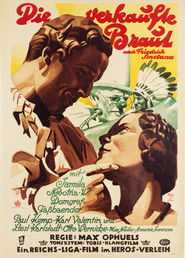 Bohemia in the 19th century stagecoach...
Bohemia in the 19th century stagecoach...The Bartered Bride 1932
Bohemia in the 19th century, stage-coach driver Hans, loves the mayor's daughter Marie, but she is promised Wenzel, the son of another wealthy farmer. Marie refuses to marry Wenzel because of Hans, but the marriage arranger tries to "buy" Marie from Hans. But when Wenzel tells Hans, that he doesn't want to marry Marie, either, because he loves circus director Brummel's daughter, Hans decides to accept the offer of money for not interferring in the relations of Hans and Marie. But when Marie hears about this, she doesn't want to see Hans again.
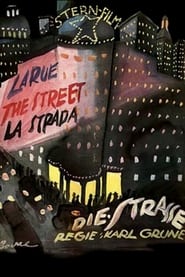 The movie follows two distinct plot...
The movie follows two distinct plot...The Street 1923
The movie follows two distinct plot lines until the two eventually merge: the first is that of the bored middle-aged man seeking a departure from monotony in his life; the second is that of the blind man and the little boy, his grandson, who are interdependent. None of the characters have been given names and are therefore referred to only by description. The city is an expressionistic nightmare, a dangerous and chaotic place.
 The film Der Kaufmann von Venedig...
The film Der Kaufmann von Venedig...The Jew of Mestri 1923
The film "Der Kaufmann von Venedig" ( The Jew Of Mestri ) was written, produced and directed by Peter Paul Felner in the silent year of 1923 and is a free adaptation of "Merchant of Venice" written by Herr William Shakespeare. It is an elegant and expensive German film production that was shot on location in beautiful and decadent Venice with some of the most important Teutonic actors of the time: Henny Porten, Harry Liedtke und Werner Krauss and even the mysterious Max Schreck.
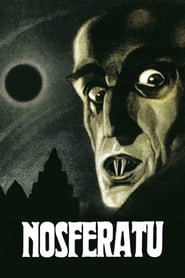 The mysterious Count Orlok summons Thomas...
The mysterious Count Orlok summons Thomas...Nosferatu 1922
The mysterious Count Orlok summons Thomas Hutter to his remote Transylvanian castle in the mountains. The eerie Orlok seeks to buy a house near Hutter and his wife, Ellen. After Orlok reveals his vampire nature, Hutter struggles to escape the castle, knowing that Ellen is in grave danger. Meanwhile Orlok's servant, Knock, prepares for his master to arrive at his new home.
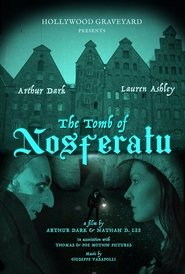 Nearly a century ago two filmmakers...
Nearly a century ago two filmmakers...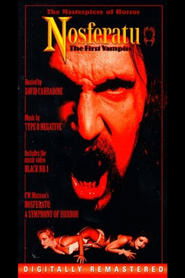 The horror classic Nosferatu remastered with...
The horror classic Nosferatu remastered with...
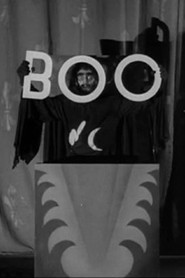 A wisecracking narrator mocks footage featuring...
A wisecracking narrator mocks footage featuring...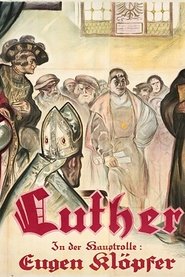 German silent film about the life...
German silent film about the life...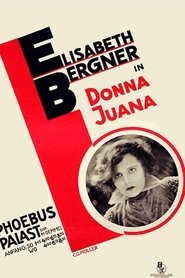 A Spanish nobleman raises his only...
A Spanish nobleman raises his only...